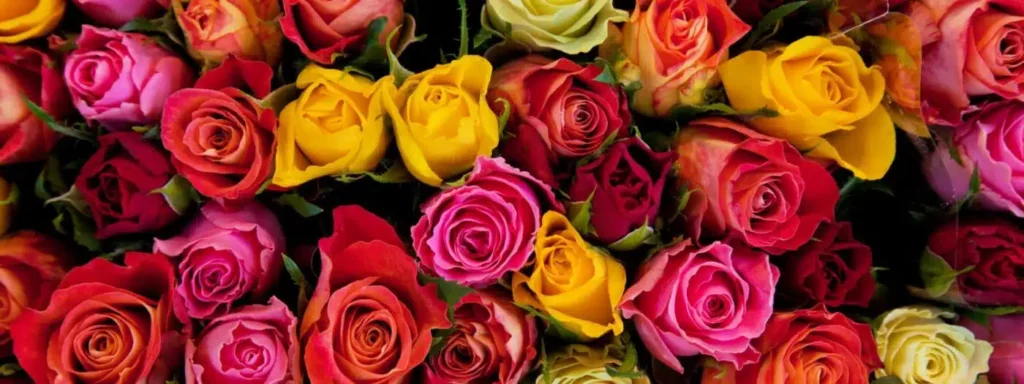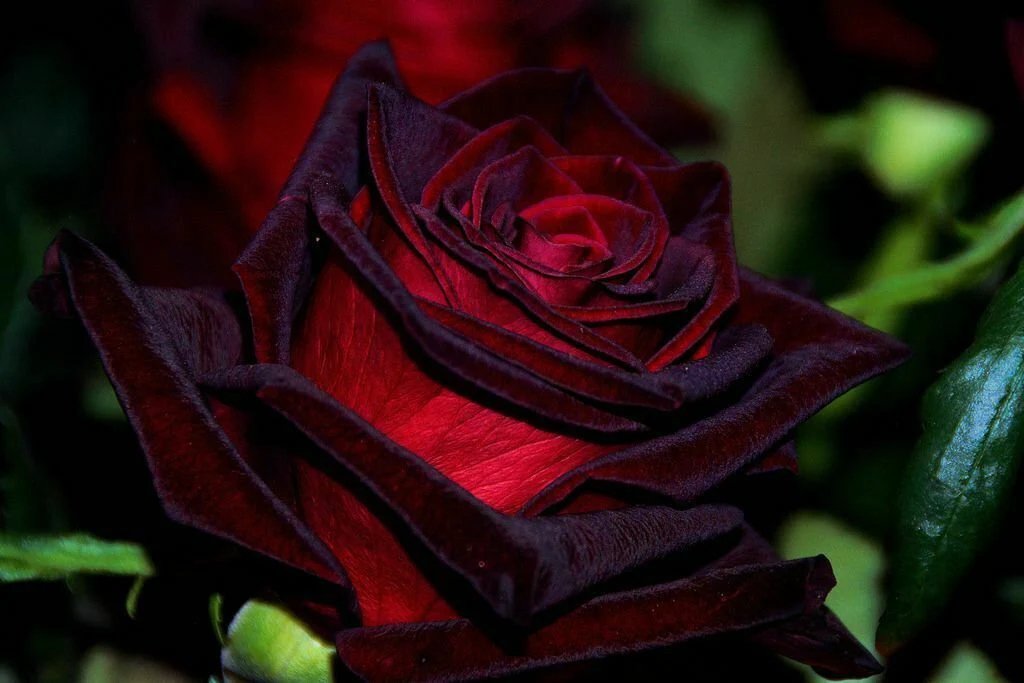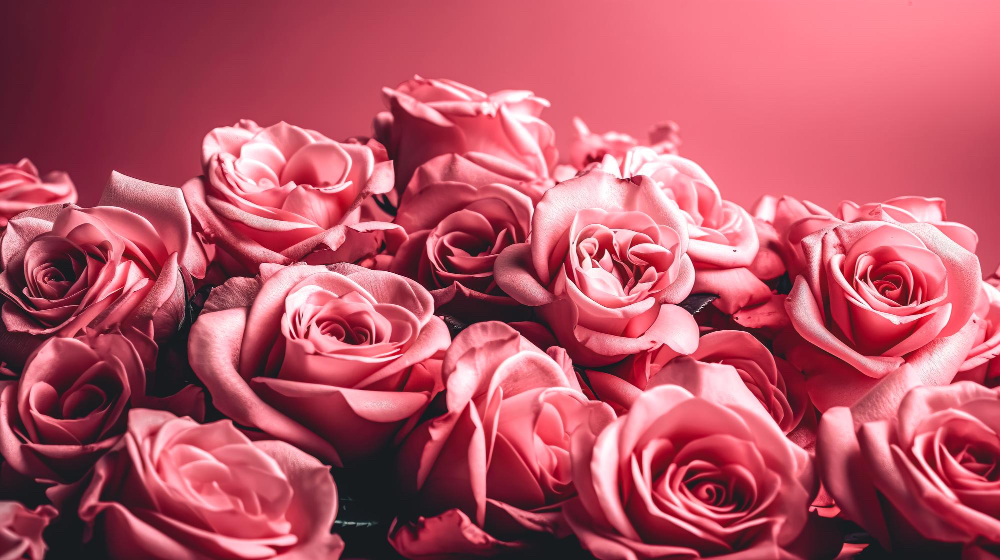
Welcome to the magic world of roses! These beautiful flowers have a fascinating history across cultures and centuries. Roses always have captivated hearts with their bright colors and delicate smell. People use them in ceremonies, as well as, celebrations. Besides, they added a touch of romance and elegance to every occasion.
Today, roses continue to bloom in gardens around the world. They always bring joy to those who receive them. With services like Flower Delivery, sharing the beauty of roses has never been easier. Join us on a journey through time as we explore the history of roses.
Origins of Roses
The origins of roses date back to ancient times. Civilizations like China, Egypt, and Mesopotamia cultivated roses for their beauty and pleasant smell. They used them in various ceremonies and rituals, symbolizing love, purity, as well as, divinity. Roses adorned gardens, palaces, and temples. As a result, it become an integral part of daily life. Later, different types of roses were discovered and cultivated. This laid the foundation for the variety of varieties we know today.
Classical Era
Step into the Classical Era. It was a fascinating time in ancient Greece and Rome. Here, roses were really important. They were everywhere, in art, ceremonies, and gardens. Let’s explore how people saw and used roses in that time.
-
Symbolism
Roses were closely linked with deities such as Aphrodite in Greek mythology and Venus in Roman mythology. They were seen as symbols of love, beauty, and passion.
-
Cultural Significance
These elegant flowers were used in various aspects of life, including art, literature, and ceremonies. Roses were often depicted in sculptures, paintings, and mosaics. It showcased their respected status in society.
-
Ceremonial Use
Roses played a vital role in religious ceremonies and festivals. They were offered to gods and goddesses. Because they were symbols of devotion and gratitude.
-
Gardening
Gardens in ancient Greece and Rome often featured roses prominently. These gardens were carefully designed and maintained with roses. It contributed to their beauty and fragrance.
-
Medicinal and Perfume
Additionally, roses were highly prized for their medicinal qualities. People in ancient times used them as remedies for various ailments and in the making of perfumes.

Medieval and Renaissance Period
During the Medieval and Renaissance Period, which spanned roughly from the 5th to the 16th century. At that time people continued to hold significant cultural and symbolic importance for roses. Let’s discover some key points of the Medieval and Renaissance Period:
-
Symbolism
In the medieval period, people maintained the symbolism of love and passion for roses. They also associated them with spirituality and the Virgin Mary. White roses, in particular, symbolized purity and innocence.
-
Cultural Significance
Roses featured prominently in medieval art, literature, and religious texts. Artists depicted them in illuminated manuscripts, tapestries, and stained glass windows. They used them as visual expressions of beauty and spirituality.
-
Gardening
Medieval gardens, especially those of monasteries and royal courts, included extensive rose gardens. People carefully planned and maintained these gardens. They valued roses for their beauty, fragrance, and symbolic significance.
-
Medicinal Uses
Roses continued to be highly valued for their medicinal properties during the medieval period. People used them as remedies for various ailments, believing in their healing properties.
-
Ceremonial Use
Roses were used in religious ceremonies and festivals throughout the medieval and Renaissance periods. People often included them in religious processions, decorations, and offerings.

Modern Days
Today these exquisite flowers continue to captivate hearts and enrich lives in various ways. Let’s explore how roses remain relevant and cherished from gardens to global commerce, skincare to sentiment.
-
Gardening
Roses remain a popular choice for home gardens and public parks. Modern rose varieties offer a wide range of colors, forms, and fragrances, appealing to gardeners of all preferences.
-
Floral Industry
Roses are main in the floral industry. They are used in bouquets, arrangements, and corsages for various occasions. For instance, weddings, anniversaries, and Valentine’s Day.
-
Online Retail
With the rise of e-commerce, purchasing roses has become more convenient than ever. Online retailers and florists offer a wide selection of roses for delivery to homes and businesses. For example, Canada flowers delivery service offers fresh and various roses. Whether it’s for a birthday or just to show someone you care. This service makes it simple to enjoy beautiful roses whenever you want, making every occasion a bit more special.
-
Medicine and Cosmetics
Rose extracts and oils are used in skin care products and aromatherapy for their soothing and rejuvenating properties. Additionally, rose water is used in culinary applications and traditional medicine.
-
Research and Development
Ongoing research in botany and horticulture continues to improve rose varieties, focusing on disease resistance, bloom longevity, and environmental sustainability.

In conclusion, the journey through the history of roses reveals their enduring appeal and significance across time and cultures. Roses have always symbolized love, beauty, and passion. They enrich gardens, ceremonies, and everyday life. Today, the beauty of roses continues to bloom, spreading joy and elegance to people around the world.